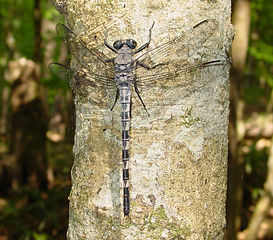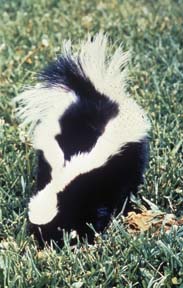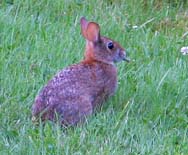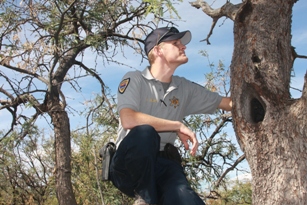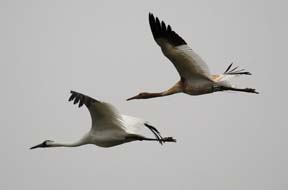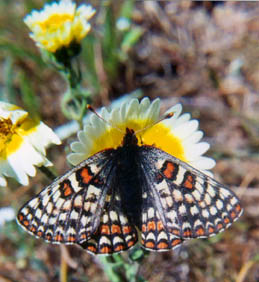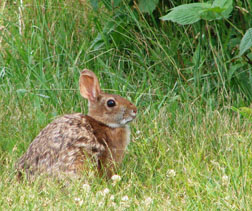 Last autumn, nine New England cottontails bred in captivity at the Roger Williams Park Zoo in Rhode Island were released inside a predator-proof fence enclosing one acre of the Ninigret National Wildlife Refuge, also in Rhode Island.
Last autumn, nine New England cottontails bred in captivity at the Roger Williams Park Zoo in Rhode Island were released inside a predator-proof fence enclosing one acre of the Ninigret National Wildlife Refuge, also in Rhode Island.
You can read all about the New England cottontail captive breeding program in the Association of Zoos and Aquariums blog wildexplorer.org. Find the article here.
In Massachusetts, MassWildlife has been collecting roadkilled cottontails and cottontail skulls since 2010 to figure out how many and where the two species of cottontails are in the state. Out of the 500 specimens received, about 10 percent have been New England cottontails and several new populations have been uncovered.
MassWildlife would like to have more samples from the western part of the state, and hopes to reach sportsmen, highway department workers, animal control officers, and other interested citizens with their plea.
More info about the program is available in the April 2012 edition of MassWildlife News, which was not on line at press time. But do check for it here.(Info from the program from last year is available here.)
New England cottontails look an awful lot like Eastern cottontails. Sometimes even the experts need a DNA test to tell them apart for sure. But New England cottontails are the only one of the pair native to New England, although the Eastern cottontail is taking over its territory.
New England cottontail numbers have plummeted, earning the species an Endangered Species Act listing as “warranted but precluded.”


